Understanding the industry
Immersion in the major production sectors
You can categorise industry into several branches, depending on the level of technology involved, the type of products manufactured or the way in which they are organised. There are food, textile, pharmaceutical, mechanical, electrical and electronic industries, etc.
Food industry
The agri-food industry is an important economic sector that brings together a number of companies at national and international level.
Automotive industry
The car industry contributes to the growth, competitiveness and innovation of countries.
Construction industry
This sector includes the distribution of products and materials and specialised construction.
PCB and technical parts
From design to delivery!
The creation of PCBs requires the use of specific software. This tool creates the electronic circuit diagram and arranges the components on the board.
Entrust the design of your customised printed circuits and technical parts to a specialist like icape-group.com. This will save you valuable time.
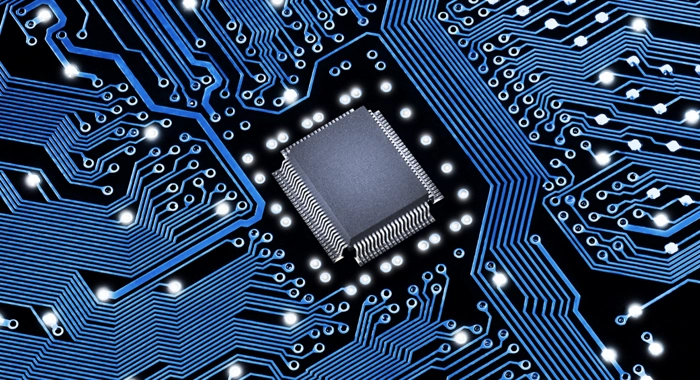
Agricultural industry
Behind the scenes of food production
Agricultural practices vary based on the type of crop grown or livestock farmed.
Health technologies
In pursuit of new discoveries
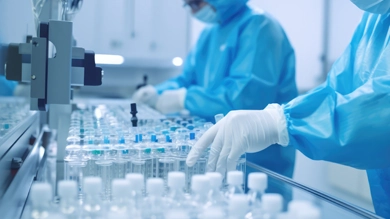
Pharmaceutical products
Technology enables the pharmaceutical industry to develop more effective and accessible medicines.
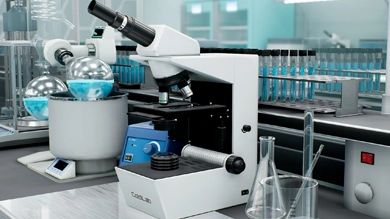
Laboratory equipment
Laboratory equipment is used by scientists. This includes benzene nozzles, centrifuges, microscopes, etc.
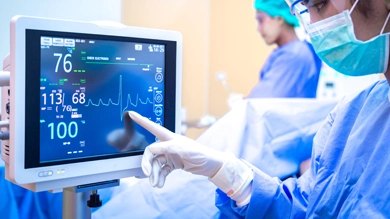
Medical devices
Examples of medical devices include implants, scanners, spectacles and prostheses, more on industrial-goods.com.
1Fuels and energy
Environmental and economic issues
The fuel and energy industries are facing up to the challenges associated with climate change and the ecological transition. The major players include producers, transporters, distributors and consumers.
2 Car parts and accessories
This industry helps improve energy performance
Car parts and accessories can be divided into two categories. These are original parts and replacement parts. The design of replacement car parts is a dynamic and competitive market shaped by consumer demand and technological innovation.
3 Electronic components
Transport, IT equipment and telecommunications
Electronic components are used to process, create, transmit or receive electrical signals. They can be found in a wide range of applications, including computing, transport and telecommunications. Electronic components in the transport sector manage engines, enhance safety and optimise navigation, follow industrysurvey.net for more information.
4 Machining of metal parts
Manufacturing complex and customised parts
There are several machining processes for metal parts, including turning, boring and milling. This profession requires dexterity and precision. It also requires computer skills and the ability to adapt to the latest technologies and customer needs.
Plastic materials
The plastics and composites industry
Plastic materials can be combined with other materials such as metal, glass or wood. These combinations are used to create composites.
25
Manufacturing processes
45 +
Application and durability
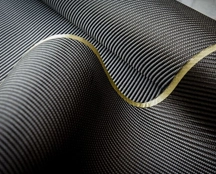
A material made up of a matrix and a reinforcement.
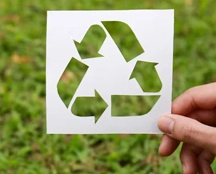
Reducing the negative environmental impact of the materials used
Aviation news
The aerospace industry: manufacturing and maintenance
The aerospace industry includes several activities related to the design, production and maintenance of aircraft and spacecraft.
Aerospace manufacturing includes different phases: design, production, assembly and testing. The servicing of such an industry includes maintenance, overhaul and certification. The industry is faced with safety and competitiveness issues and challenges. This is why it offers a wide range of professions and training courses.
Maritime in evolution
Innovations in maritime transport
Making maritime transport greener
Maritime transport's climate challenge
Adopting more environmentally-friendly solutions
Alternative fuels to reduce emissions
Liquefied natural gas or LNG
Electric-powered ships
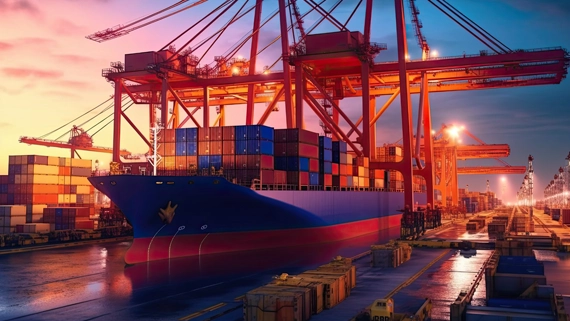
Rail, infrastructure and transport
Rail transport infrastructure reduces greenhouse gas emissions and atmospheric pollution. Railway transport is the most environmentally-friendly mode of transport.